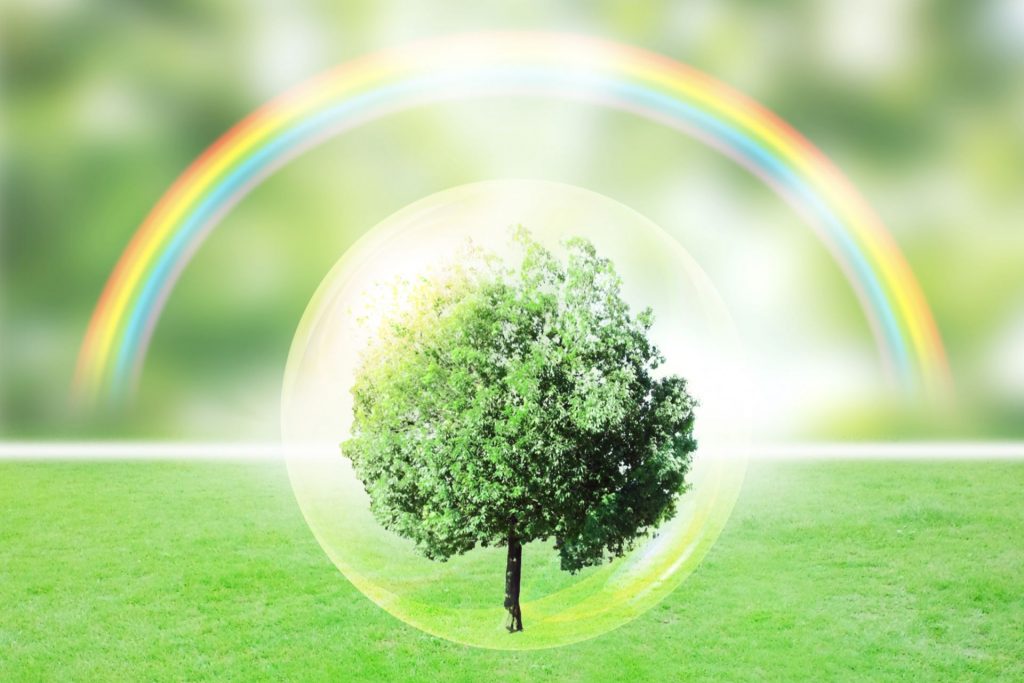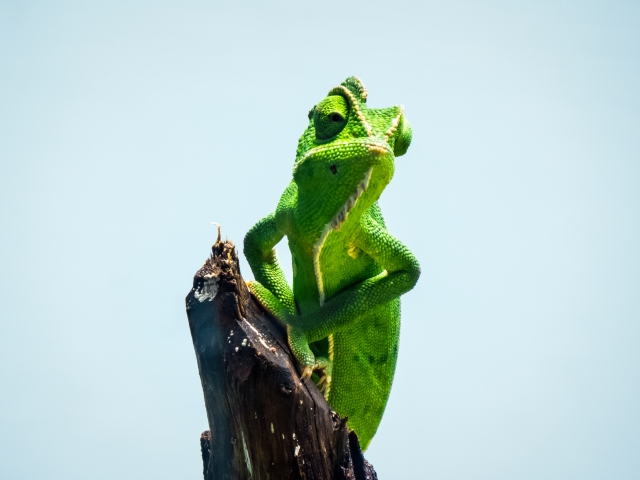One of humanity’s biggest blessings is the beautiful and vast world we live in. Being surrounded by nature is a miracle and a blessing for humanity. We virtually have it all, from immense forests, winding rivers, deep lakes, rolling valleys, and mountain ranges. In addition, we can also admire the beauty of the different trees, flowers, and plants in our environment. Each of these has a unique design and colors to admire. Basically, the world is full of so many intriguing things to behold.
If you love nature, the beauty it offers, and photography, you will be happy to try ecology photography. The world is a field with an immeasurable amount of amazing compositions to take with your camera. You can also travel to different parts of the world to take amazing pictures of the wonders of nature. From Greenland to the immense icebergs of Antarctica and the golden and beautiful colors of the Wadi Rum deserts, there’s an endless number of pictures for an ecology photographer to take.
While there’s so much to take in the ecology, you need to understand how to take high-quality ecology photographs. Ecology photography can be difficult, but in this article, we have provided tips to help you make the best pictures, so read on.

Table of Contents
General Ecology Photography Tips
Before you start taking these pictures, the first thing you’ll need to consider is the world you’re interacting with and your surroundings. You can’t just go out and start taking these because without making a few considerations. We have highlighted these things below:
1. Make Little or No Environmental Impact
This is the most important thing for every ecology photographer. Asides from your professionalism, camera settings, and composition, you need to ensure that you don’t make much environmental impact when taking pictures. You can only achieve this if you respect the environment, as well as the natural habitat that you intend to invent.
Remember that taking ecology photographs, especially in the wild, requires extra care and caution. You need to ensure that you don’t cause unnecessary disruption, which is why it’s advisable to move and tread with caution. Avoid cutting plants and moving items unnecessarily. Basically, you’re to leave everything as you met it. Doing this will help ensure that you preserve the integrity of the environment and also provide you with pictures of high quality.

It’s very possible to safely interact with the natural world without causing any disruption. You can also take amazing pictures that can provide a perfect representation of what the ecology looks like.
2. Stay Out of Sight
This is a tip that applies mainly to ecology photographers in the wild. Taking pictures in the wild is a lot different from nature and landscape shots. When taking pictures in the wild, it is important to ensure that you stay out of sight.
Staying within sight and being noisy will only send the animals away, and you won’t be able to take amazing pictures. This can also lead to unnatural behaviors that can ruin your photos. Making so much noise and disrupting the environment can also scare the animals away, making it almost impossible for you to take the pictures you desire.
In most cases, it is best to wear army clothing or any camo gear because it will keep you out of sight.
3. Avoid Disturbing Wildlife
The need to stay quiet and not be a disturbance cannot be overemphasized. In ecology photography, it is an important thing for every photographer to ensure, especially when taking pictures of insects and smaller animals. Imagine taking pictures of a rare frog species or a butterfly. You’ll need to stay as stealthy as possible to take pictures of the animal. In some cases, you might be tempted to pick the animal and move it to your preferred location. This is something everyone should avoid doing.
Always leave the wildlife life undisturbed because you never know what your action might cause. For example, you can damage the wings of a butterfly when you pick it up or even upset the behavioral pattern of the animal you pick. With that said, as an ecology photographer, you need to be patient and wait until a perfect shot presents itself.
4. Use the Right Equipment
The equipment for ecology photography isn’t much, but you need to be prepared so that you can maximize the potential of each piece of equipment and take quality photos with them. Are you wondering what equipment to place in your bag? The main thing you need is a DSLR camera and the ideal location to shoot your pictures.
There are some of the equipment you might want to invest in:
Ecology photography gear:
- DSLR camera
- SD cards
- Spare batteries
- Tripod for sharp photos and stability
- Zoom lens
- Wide-angle lens
- Remote shutter release
From this, you can see that you only need a few handy equipment, and you most likely already have this equipment. With this equipment, you can be sure of taking clear and sharp ecology photos.

5. Capture Natural Behaviors and Action
When taking pictures of the ecology, it is important to ensure that everything stays natural. For example, if you’re taking a picture of a squirrel on a tree, you’ll need to ensure that you don’t influence the action of the squirrel.
As mentioned earlier, patience is an important quality that every ecology photographer must possess. With that said, it is important to focus on natural behaviors and actions and use them to create realistic, amazing, and sublime shots.
6. Research Behaviors and Locations Beforehand
One way to get the best shots is by researching and understanding the location before you go to take the pictures. Doing this will also help you save time and effort. You can visit the location to check footpaths, car parks, and other interesting areas of the location. Doing this will also help you know the type of pictures to take and the best ways to take these pictures.
For wildlife, it’s best to carry out detailed research of the typical habitats and behaviors of the environment before you go to take photographs. Also, as mentioned earlier, it’s best to ensure that you take pictures naturally. Remember that knowledge is power, and researching about the location beforehand will give you a better understanding of the environment.
7. Combine Landscape Shots
Ecology is different, depending on the location, and this implies that the pictures that you take should be different, depending on the location. With that, it’s best to use a combination of landscape shots when taking pictures. You can also combine this with zoom shots. For a huge natural landscape, wide-angle shots give the best results. Another advantage of wide-angle shots is that it makes it a lot easier to capture a wider area.
On the other hand, portrait shots are a better option for taking single objects. For example, if you’re taking pictures of a flower, a portrait shot will be a better option. Portrait shots also make it easier to capture details of the object.
8. Shoot Pictures in RAW Mode
For photographers with DSLR cameras, shooting in RAW mode should be easy. RAW files are usually uncompressed, and they are preferred because they maintain the originality and full details of the photo. RAW file formats also give photos in their best quality, and this gives the photographer a greater degree of flexibility and control when they are editing the pictures.
Other file formats like JPEG are compressed, and as such, the original quality of the photo may be lost. Also, you won’t have complete control when editing JPEG photos. Therefore, when you take ecology photos in RAW mode, you’ll get the highest resolution, and with that, you can turn the pictures you take into a masterpiece.
9. Use Different Camera Modes
One of the amazing things about using a DSLR camera is that it offers different shooting modes that you can use. These modes are the full manual mode, shutter priority mode, and aperture priority mode. Also, these modes have different levels of control, and they are suited for different situations.
Here’s an overview of the different camera modes:
Manual mode
With the manual mode, you have full control of all the details of the photos you capture. You can easily tweak the camera setting with this mode. The manual mode is a nice camera mode to use in ecology photography.
Shutter priority mode
With this mode, you can easily control the speed of the shutter. This is a mode that is better suited for wildlife that is characterized by rapidly changing ecological conditions. You can easily set your camera to a fast shutter speed or a slower shutter speed, depending on the surrounding condition.
Aperture priority mode
This camera mode will give you control over how you focus on different objects. In general, a larger aperture size offers a smaller area of focus, with a background that is out of focus. Smaller aperture on the other hand offers a larger area of focus. In general, a smaller aperture is better suited for landscape ecology shots, while a larger aperture is ideal for single objects or macro shots.
10. Improve Image Quality with Post Processing
Most time you take pictures, you notice that what appears on the SD card is a lot different from what you see through the camera lens. This is unavoidable, but you can enhance the quality of the pictures you get with nature photo editing. This editing process will help in removing impurities from your photos.
You can also use features like colors, clarity, rotation, and crop to further enhance the quality of the pictures that you take. Another option is to use photo editing software like Aurora HDR, Luminar and more to improve the quality of the pictures that you take. This is another reason why taking pictures in RAW mode is advisable. What’s more is that editing RAW photos gives better results.
Ecology photography is a really rewarding field of photography, and if you’re thinking of a photography field to try, you can consider it without hesitation. Nothing beats taking pictures of the uniqueness and beauty of the world we live in.
Taking nature photographs also brings joy and pleasure. Also, the tips that we have provided above will help you take your ecology photography to the next level. With this, you can start exploring, building your confidence, develop new skills, and ultimately take the best ecology photos.
In addition to the tips that we have provided above, another way to draw insights and learn a few things about ecology photography is by looking at pictures already taken by professional ecology photographers. All these pictures are available for free at photoAC. Also, if you don’t want to take these pictures yourself but need ecology photos to boost your brand or for any other purpose, you can download ecology photos for free at photoAC. PhotoAC is a free to use site where you can get all the stock photos you need for free.
